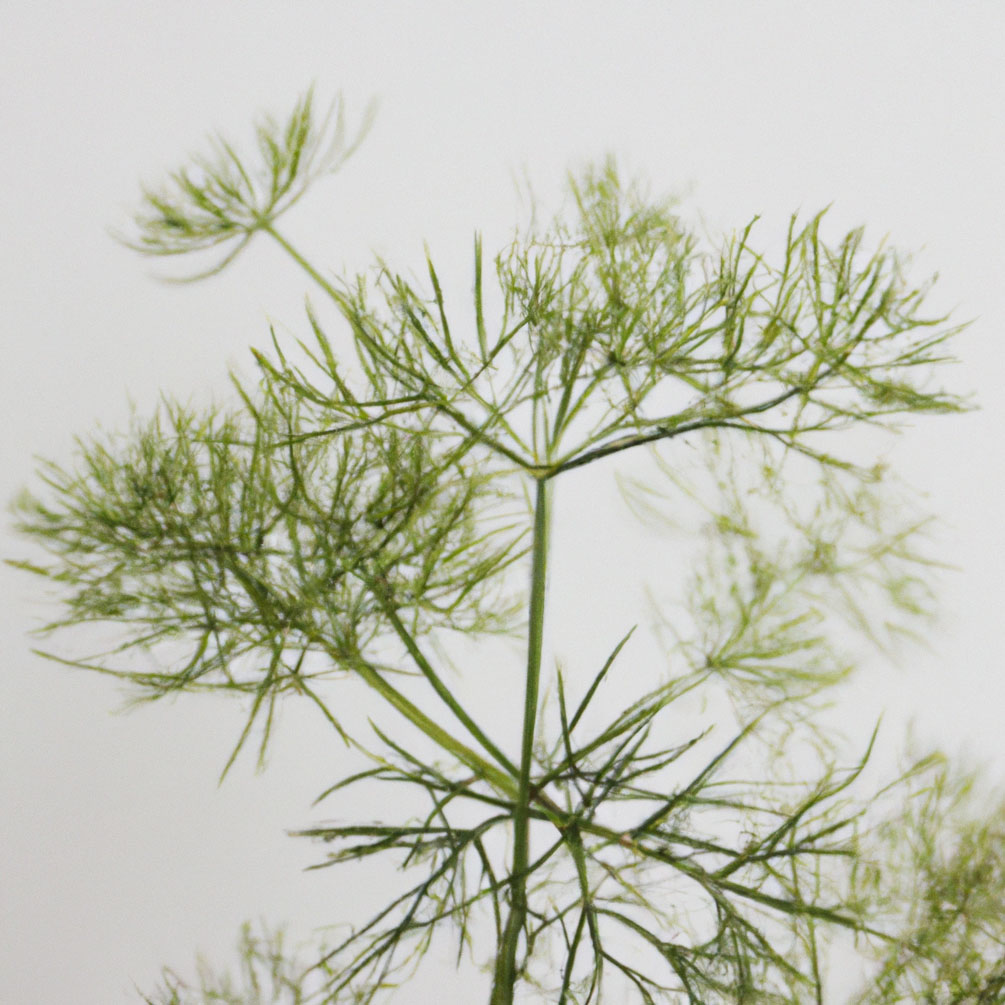Botanical Name: Pimpinella anisum
Anise is a flowering plant belonging to the Apiaceae family. Renowned for its sweet, licorice-like flavor and aromatic qualities, anise has been a beloved spice and medicinal herb for thousands of years. Native to the Mediterranean region and Southwest Asia, anise’s distinctive flavor makes it a key ingredient in global cuisines, confections, beverages, and traditional remedies.
Anise is an annual herbaceous plant that grows to about 2-3 feet tall. It features feathery leaves and small, white, umbrella-shaped flowers. The plant’s fruit, often referred to as “anise seeds,” are tiny, grayish-brown, crescent-shaped seeds that house the plant’s characteristic flavor. The seeds are rich in anethole, an essential oil responsible for their sweet, licorice-like aroma and taste.
Anise seeds are celebrated for versatility in the kitchen, particularly in sweet dishes. They are commonly used in baked goods like biscotti, cakes, and cookies, imparting a warm, aromatic sweetness. Anise is a popular flavor in breads, pastries, and desserts such as Turkish delight and Italian pizzelle in Mediterranean and Middle Eastern cuisines.
Anise enhances savory dishes, lending complexity to stews, soups, and spice blends. It pairs well with meats, particularly lamb and pork, and is a key ingredient in Middle Eastern and Indian spice mixes.
In the beverage world, anise takes center stage in many traditional drinks. It flavors iconic spirits like ouzo, arak, pastis, and sambuca, as well as herbal teas and mulled wines. A pinch of ground anise can elevate hot chocolate, coffee, or chai, adding a cozy, aromatic note.

